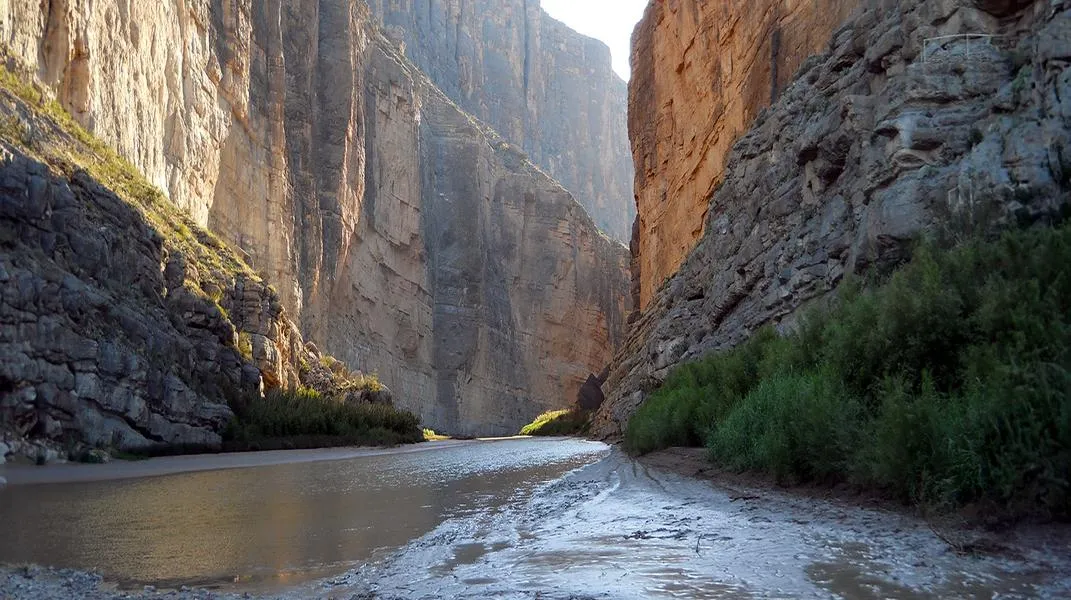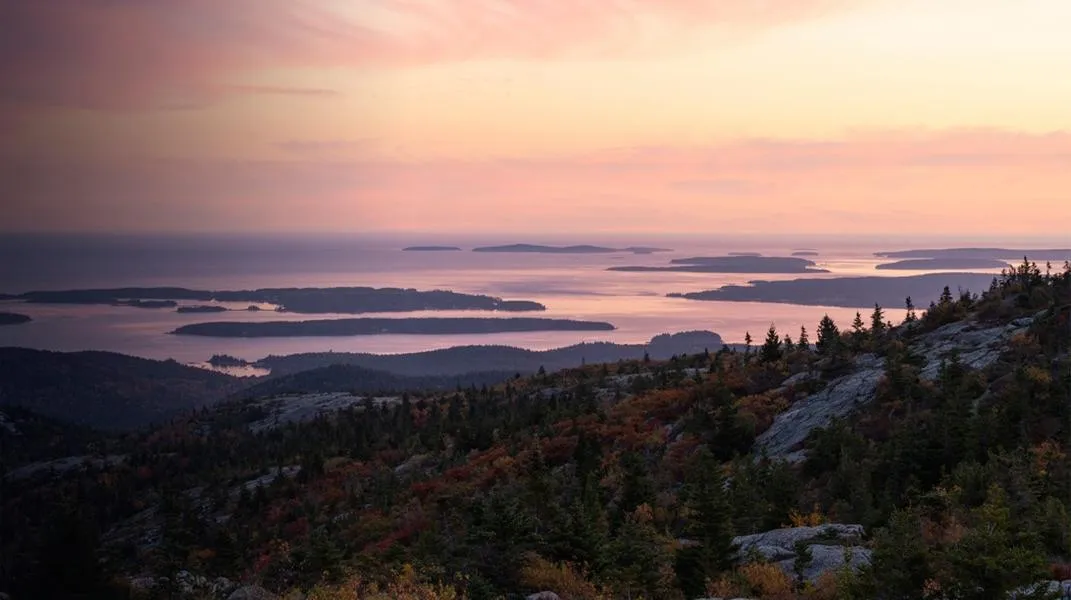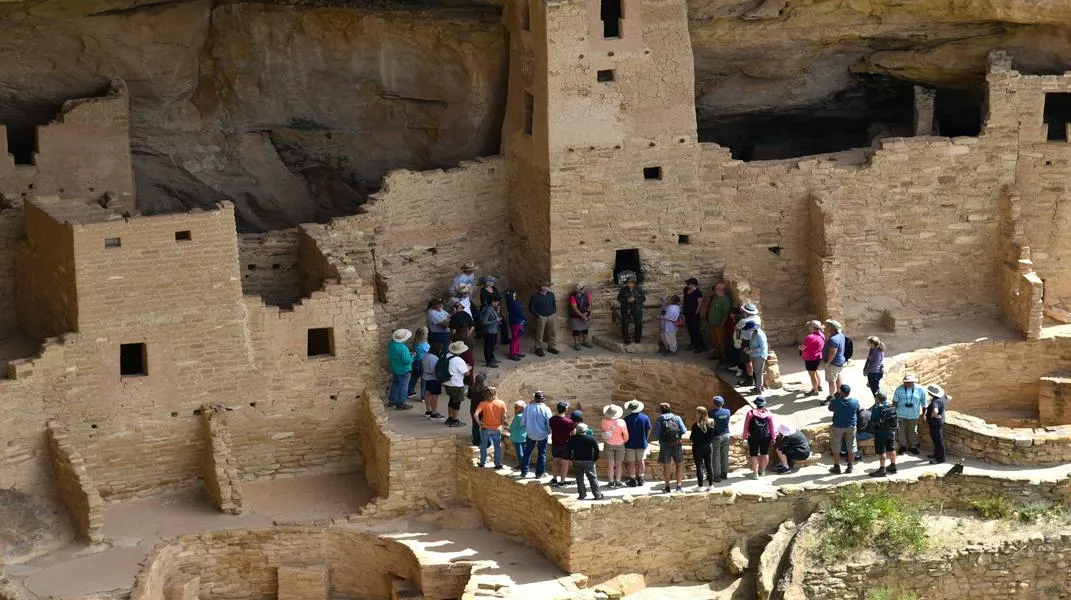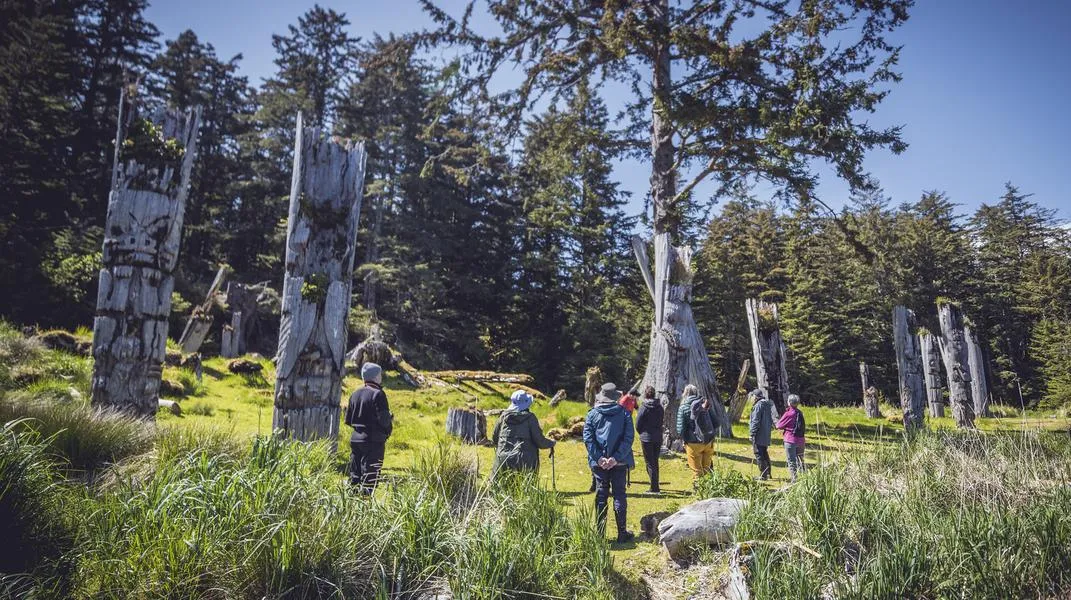Exploring Lake Clark National Park and Preserve: A Wilderness Adventure
Nestled in the heart of Alaska, Lake Clark National Park and Preserve is a stunning testament to the natural beauty and ecological diversity of this remote region. With its rugged mountains, pristine lakes, and rich wildlife, the park offers a unique opportunity for adventurers and nature enthusiasts alike to experience the unspoiled wilderness. This article will delve into the park’s attractions, activities, and essential preparations needed for an unforgettable visit.
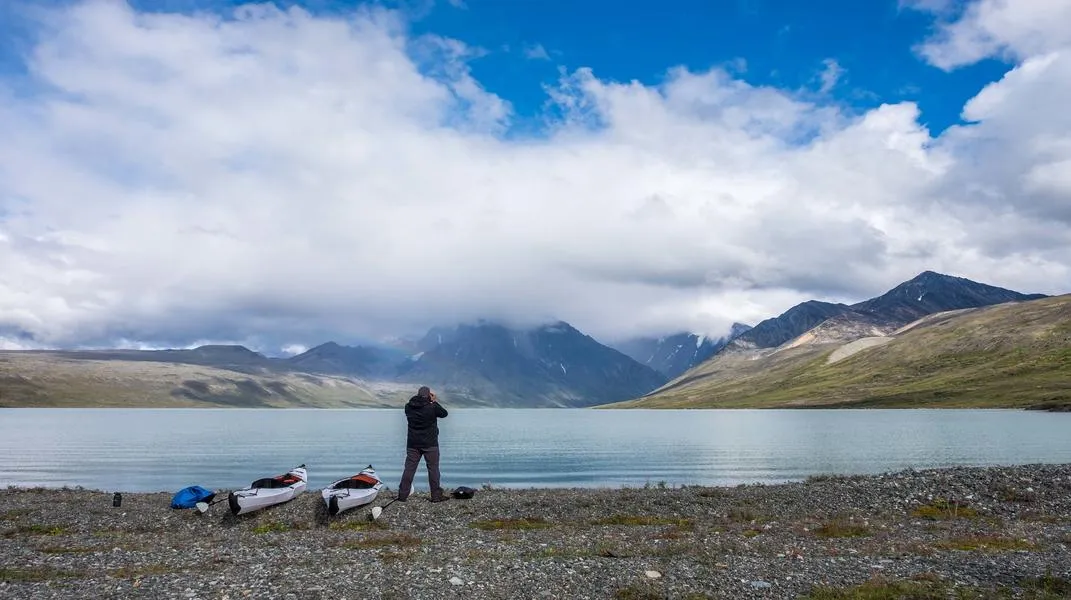
A Glimpse into Lake Clark National Park
Established in 1980, Lake Clark National Park and Preserve spans over 4 million acres of breathtaking landscapes. It is located approximately 100 air miles southwest of Anchorage and is only accessible by air or water, making it one of Alaska's most pristine and secluded destinations. The park is named after Lake Clark, a stunning glacial lake that is surrounded by towering mountains and lush forests.
Natural Features
Lake Clark National Park is characterized by its diverse ecosystems, which vary from coastal tundra to dense boreal forests. The park features several distinct geographical zones, including:
- Mountains and Glaciers: The park is home to the Aleutian Range, a volcanic mountain range with towering peaks, some of which are capped with glaciers. Mount Redoubt, an active volcano, looms over the landscape, providing a dramatic backdrop for visitors.
- Lakes and Rivers: The crowning jewel of the park is Lake Clark itself, a glacial lake known for its stunning turquoise waters. The park also includes numerous rivers, including the Tlikakila River and the Chilikadrotna River, which are popular for fishing and rafting.
- Wildlife: Lake Clark is a haven for wildlife enthusiasts. The park is home to an array of species, including brown bears, moose, caribou, wolves, and various bird species. The coastal areas are particularly rich in marine life, attracting sea otters, seals, and a variety of fish.
Cultural Significance
The park is not only a natural wonder but also holds cultural significance. It is part of the ancestral lands of the Dena'ina Athabascan people, who have inhabited the region for thousands of years. Visitors can learn about the rich history and traditions of these indigenous communities through interpretive programs and local cultural events.
Activities and Attractions
Lake Clark National Park and Preserve offers a plethora of outdoor activities for visitors to enjoy. Whether you’re seeking adventure or tranquility, the park has something for everyone.
Hiking and Backpacking
With hundreds of miles of trails and backcountry routes, hiking is one of the most popular ways to explore Lake Clark. The park features trails that range from easy walks to challenging multi-day backpacking trips. A few notable trails include:
- Twin Lakes Trail: This moderately challenging trail takes you to the picturesque Twin Lakes, where you can enjoy breathtaking views of the surrounding mountains.
- Chilikadrotna River Trail: This rugged trail follows the Chilikadrotna River, providing access to stunning river landscapes and opportunities for wildlife viewing.
- Backcountry Hiking: For those seeking solitude, the park’s backcountry offers endless opportunities for exploration. With no established trails, adventurers can create their own routes among the mountains and glaciers.
Fishing and Water Activities
Fishing is a favored pastime in Lake Clark, with the park’s rivers and lakes teeming with salmon, trout, and char. Anglers can cast their lines in the Tlikakila River or enjoy fly fishing in the pristine waters of Lake Clark. Kayaking and canoeing are also popular activities, allowing visitors to paddle through serene waters while taking in the stunning scenery.
Wildlife Viewing
Lake Clark is renowned for its wildlife, and observing animals in their natural habitat is a highlight of any visit. Brown bears are particularly famous in the park, especially during the summer months when they gather to fish for salmon. Guided bear-viewing tours are available, providing a safe and responsible way to witness these magnificent creatures up close.
Birdwatching enthusiasts will also delight in the diverse avian population, which includes eagles, puffins, swans, and more. The coastal areas, in particular, are prime spots for observing migratory birds during the spring and fall.
Photography and Scenic Views
The park's stunning landscapes make it a paradise for photographers. From the vibrant colors of wildflowers in the spring to the dramatic contrasts of snowy peaks against azure lakes, every season offers unique photographic opportunities. Popular viewpoints include the shorelines of Lake Clark and the vistas from high mountain ridges.
Cultural Programs and Education
Visitors can engage with the rich cultural heritage of the region through ranger-led programs, interpretive talks, and cultural events. Learning about the history and traditions of the Dena'ina Athabascan people adds depth to the outdoor experience and fosters appreciation for the land and its people.
Preparing for Your Visit
To make the most of your adventure at Lake Clark National Park and Preserve, proper preparation is essential. Here’s a comprehensive guide to help you get ready for your trip.
Getting There
Since Lake Clark is only accessible by aircraft or boat, planning your transportation is crucial. Scheduled flights are available from Anchorage to various airstrips within the park. Alternatively, you can charter a flight for a more personalized approach. If you plan to kayak or boat, ensure you have the necessary permits and equipment.
Essential Gear
Given the park's remote wilderness, packing the right gear is important. Here’s a checklist of essential items:
- Clothing: Layered clothing is key due to the variable weather. Include moisture-wicking base layers, insulating mid-layers, and waterproof outer layers. Sturdy hiking boots and warm socks are a must.
- Camping Equipment: If you plan to camp, bring a lightweight tent, sleeping bag rated for cold temperatures, and a portable stove for cooking. Don’t forget a bear-proof food container to keep your supplies safe from wildlife.
- Navigation Tools: A topographic map of the area and a reliable compass or GPS device are crucial for backcountry exploration.
- Safety Gear: First aid kits, bear spray, and emergency communication devices are important for safety in the wilderness.
- Water and Food: Bring ample water and high-energy food for your hikes. Water purification tablets or a filtration system are also advisable, as you may need to source water from streams or lakes.
Wildlife Safety
Encountering wildlife is one of the park's highlights, but it’s essential to follow safety protocols:
- Bear Safety: Understand proper bear safety measures, such as making noise while hiking and storing food properly when camping.
- Wildlife Viewing Etiquette: Maintain a respectful distance from all wildlife and avoid feeding animals, as this can alter their natural behavior.
Permits and Regulations
Check if you need any permits for camping, fishing, or other activities. Familiarize yourself with park regulations to ensure a safe and enjoyable visit while minimizing your impact on the environment.
Best Times to Visit
The best time to visit Lake Clark is during the summer months, from June to September, when the weather is generally milder, and access to trails and water activities is optimal. Each season offers a unique experience, so consider what you want to see and do when planning your trip.
Conclusion
Lake Clark National Park and Preserve is a breathtaking destination that embodies the wild spirit of Alaska. With its stunning landscapes, diverse wildlife, and rich cultural heritage, the park offers endless opportunities for adventure and exploration. By preparing adequately and embracing the natural beauty that surrounds you, your visit to Lake Clark will undoubtedly be a memorable experience that leaves you with a deeper appreciation for the wonders of the natural world. Whether you’re hiking through pristine wilderness, fishing in crystal-clear waters, or simply soaking in the serene beauty of the landscape, Lake Clark National Park is a true gem waiting to be discovered.

